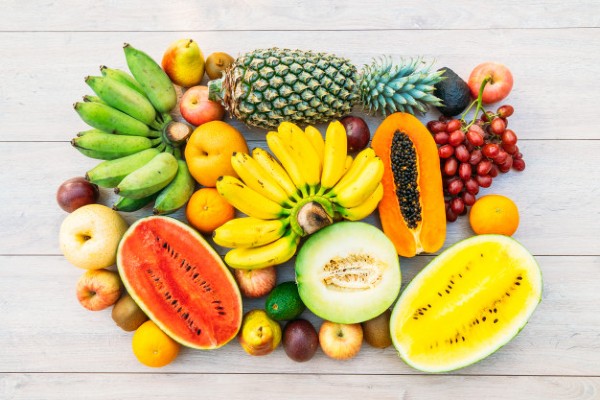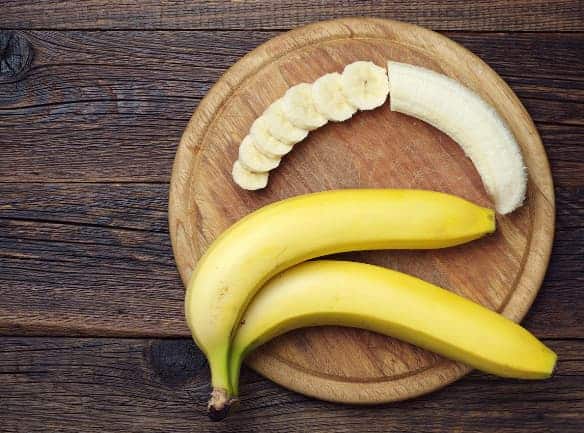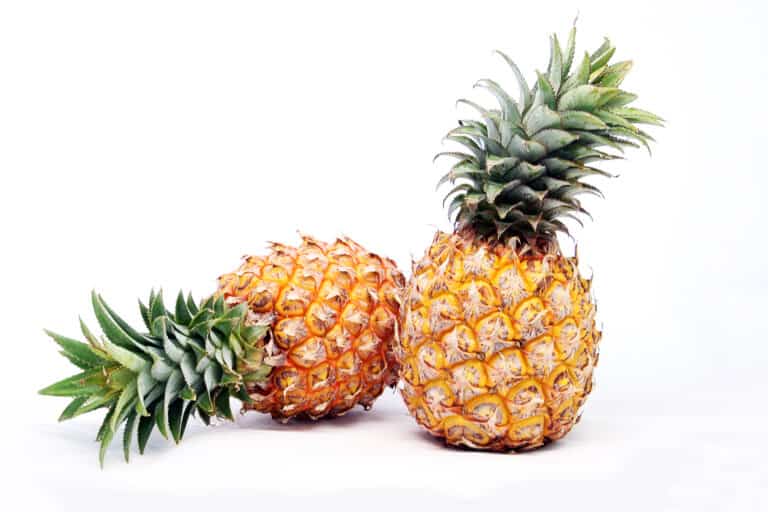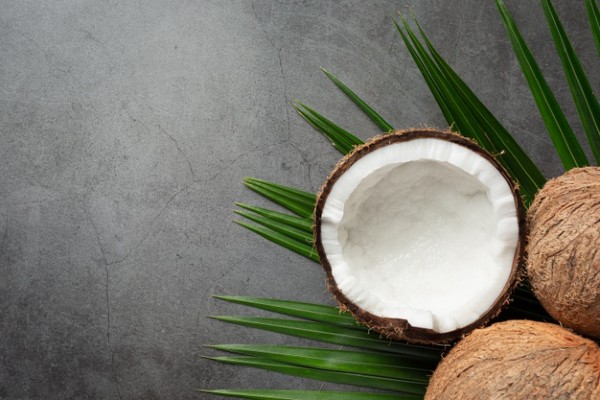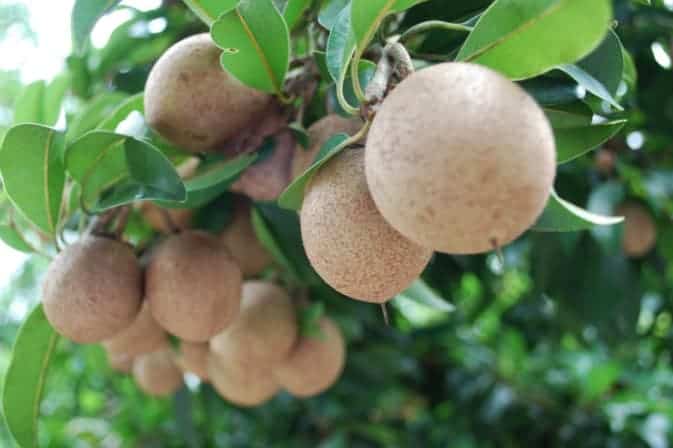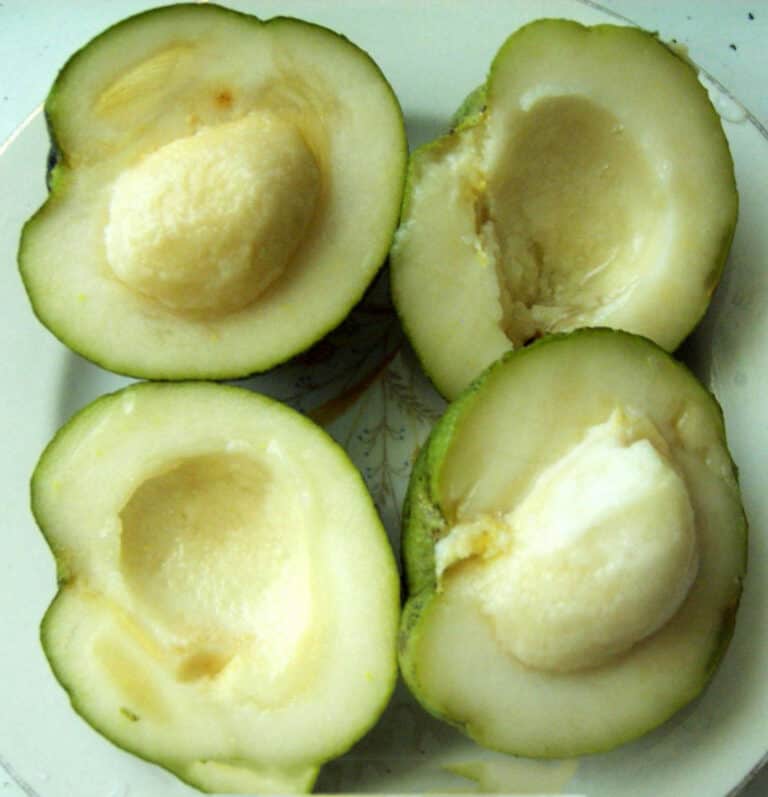Mamoncillo fruit benefits: A Tasty and Nutritious Treat
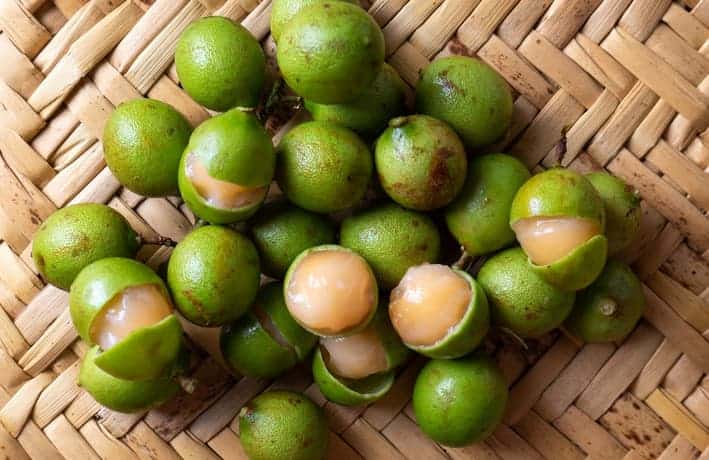
What about mamoncillo fruit benefits? In this article, we will explore the many masau fruit benefits and why you should consider adding them to your diet, If you’re looking for a fruit that is not only delicious but also packs a powerful nutritional punch, look no further than the mamoncillo fruit benefits.
Also known as quenepa, Spanish lime, or genip, this tropical fruit is native to Central and South America and is now grown in many parts of the world.
Mamoncillo fruit benefits
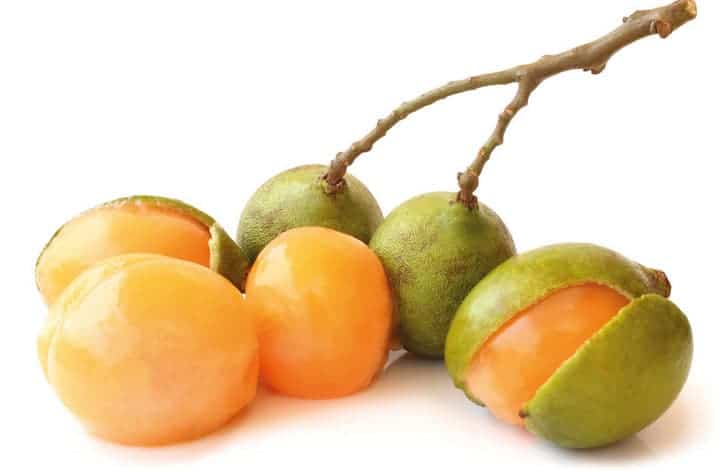
The mamoncillo fruit benefits are a small, round fruit that is similar in appearance to a lime or a small green plum. It is typically about the size of a grape, with a hard outer shell that you crack open to reveal the soft and juicy fruit inside. The fruit is typically eaten fresh, either on its own or as part of a fruit salad or dessert.
Nutritional mamoncillo fruit benefits
Mamoncillo benefits are not only delicious, but also packed with nutrients. Here are just a few of the many health benefits this fruit has to offer:
Rich in Antioxidants
Mamoncillo fruit is a rich source of antioxidants, which are compounds that help protect your cells from damage caused by free radicals. Radicals are unsteady molecules that have the potential to harm your tissues and have a role in the emergence of chronic illnesses like cardiovascular disease and cancer.
High in Fiber
Mamoncillo fruit is also high in fiber, which is important for maintaining digestive health and preventing constipation. Moreover, fiber can reduce blood and decrease the likelihood of coronary disease.
Source of Vitamin C
Mamoncillo fruit is a good source of vitamin C, which is significant for maintaining a healthy immune system and helping your body absorb iron from plant-based foods.
Contains Essential Minerals
Mamoncillo fruit is also a good source of essential minerals like potassium and magnesium, which are important for maintaining healthy blood pressure and supporting healthy bones.
Other Health Benefits of Mamoncillo Fruit
In addition to the nutritional benefits listed above, mamoncillo fruit has a number of other potential health benefits. Here are just a few:
May Help Lower Blood Sugar Levels
Mamoncillo fruit may help lower blood sugar levels, making it a potentially beneficial food for people with diabetes.
May Help Improve Sleep Quality
Mamoncillo fruit contains a compound called tryptophan, which may help improve sleep quality and promote feelings of relaxation.
May Help Reduce Inflammation
Mamoncillo fruit contains compounds called flavonoids, which have anti-inflammatory properties that may help reduce inflammation throughout the body.
How to Incorporate Mamoncillo Fruit into Your Diet
If you’re interested in adding mamoncillo fruit to your diet, there are a number of ways to do so. Here are just a few ideas:
Eat It Fresh
The simplest way to enjoy mamoncillo fruit is to eat it fresh, either on its own or as part of a fruit salad or dessert.
Make a Smoothie
You can also blend mamoncillo fruit into a smoothie with other fruits and vegetables for a refreshing and nutritious drink.
Use It in Cooking
Mamoncillo fruit can also be used in cooking, either in sweet or savory dishes. Try using it in salsa or chutney for a tropical twist on a classic dish.
Mamoncillo fruit is a delicious and nutritious fruit that is packed with health benefits. Whether you eat it fresh or incorporate it into your cooking, this tropical fruit is a great addition to any healthy diet.
Is Buddha Fruit Better than Light Fruit?
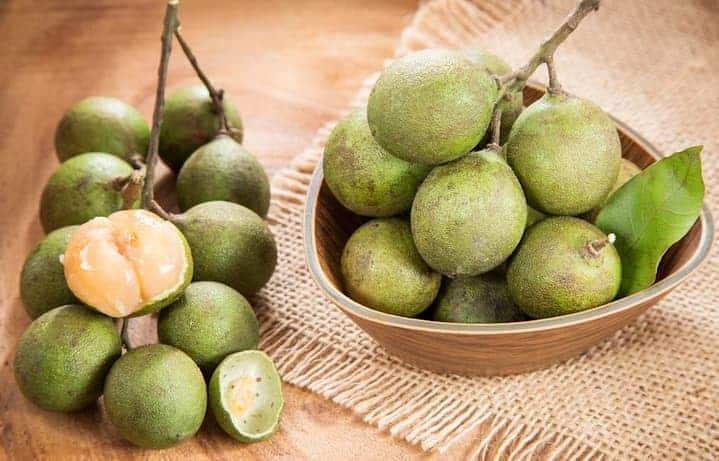
As people become more health conscious, they are always searching for new ways to improve their diet. One such way is by consuming fruits that are low in calories but high in nutritional value. Two popular options that have emerged in recent years are Buddha Fruit and Light Fruit. However, there is a debate about which fruit is better. In this article, we will compare Buddha Fruit and Light Fruit and discuss their benefits, nutritional value, and taste.
Introduction to Buddha Fruit and Light Fruit
Buddha Fruit, also known as Luo Han Guo or monk fruit, is a small, green fruit that is native to Southeast Asia. It is a natural sweetener that has zero calories, making it a popular choice for people looking to reduce their sugar intake. Buddha fruit extract is often used as an ingredient in food and beverages.
Light Fruit, also known as White Jujube, is a fruit that grows in China. It is also low in calories and high in fiber, making it a popular choice for people looking to lose weight. It is typically used in traditional Chinese medicine for its health benefits.
Nutritional Value
Buddha Fruit and Light Fruit both have unique nutritional values. Buddha Fruit contains mogrosides, which are compounds that give the fruit its sweetness. Mogrosides are believed to have antioxidant and anti-inflammatory properties. Buddha Fruit is also rich in vitamins and minerals, including vitamin C, calcium, and potassium.
Light Fruit, on the other hand, is rich in dietary fiber, which is essential for maintaining healthy digestion. Moreover, it is a great source of calcium, iron, vit C, and other mineral and vitamin content.
Taste
Buddha Fruit and Light Fruit have different tastes, which can affect their popularity among consumers. Buddha Fruit is very sweet, with a taste that has been described as similar to sugar or honey. However, some people find the aftertaste to be slightly bitter. Light Fruit has a more mild taste, with a slightly sweet and nutty flavor.
Health Benefits
Buddha Fruit and Light Fruit both have numerous health benefits. Buddha fruit has been shown to have anti-inflammatory and antioxidant properties, which can help reduce the risk of chronic diseases such as cancer and heart disease. It is also believed to have anti-diabetic properties, making it a good choice for people with diabetes.
Light Fruit has been used in traditional Chinese medicine for centuries for its health benefits. It is thought to have generally pro qualities and could be beneficial to reduce the risk of certain types of cancer. It is also thought to have a positive effect on the digestive system and may help reduce the risk of gastrointestinal disorders.
Read more: Bromeliad Pineapple
Comparison
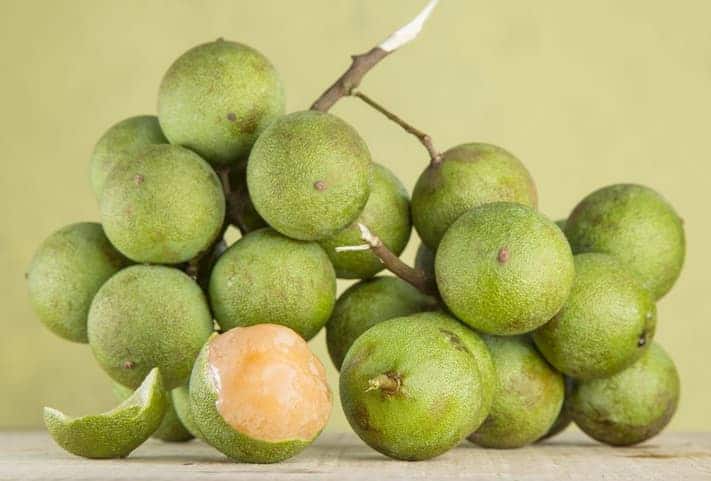
When comparing Buddha Fruit and Light Fruit, there are several factors to consider. Buddha Fruit is a natural sweetener that has zero calories, making it a good choice for people looking to reduce their sugar intake. It is also rich in vitamins and minerals and has anti-inflammatory and antioxidant properties. However, some people may find the taste to be slightly bitter.
Light Fruit is also low in calories and high in fiber, making it a good choice for people looking to lose weight. It is believed to have anti-inflammatory properties and may help reduce the risk of certain types of cancer. However, it is not a natural sweetener and may need to be more appealing to people looking for a sugar substitute.
Is mamoncillo fruit high in calories?
No, mamoncillo fruit is not high in calories. One fruit typically contains around 20 calories, making it a great low-calorie snack.
How to Enjoy mamon fruit: A Tropical Delight
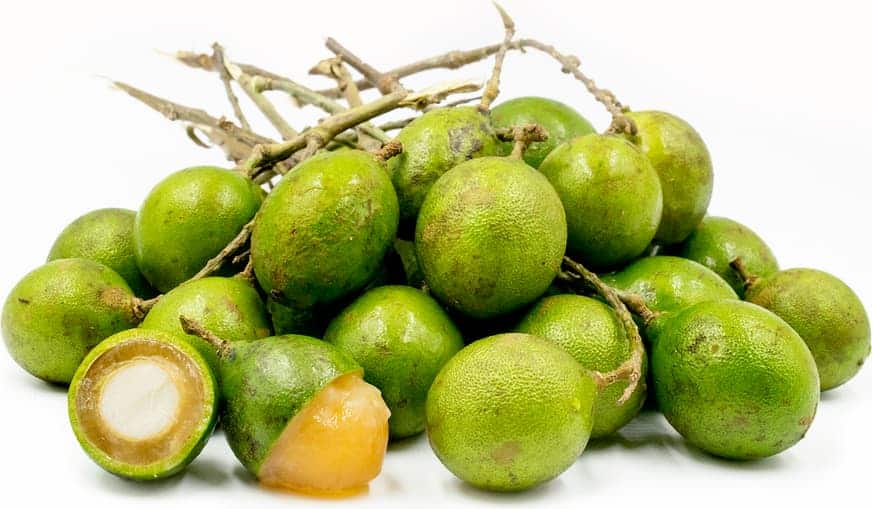
mamon fruit, also known as Spanish limes or quenepas, are a tropical fruit that many people find delightful to eat.
They are small, green, and have a sweet and tangy flavor that makes them a perfect snack on a hot summer day.
If you’ve never tried mamoncillos before, this step-by-step guide will help you enjoy this delicious fruit with ease.
Gather Your mamon fruit
The first step in enjoying mamoncillos is to obtain fresh, ripe ones.
You can find them in many tropical regions or even some specialty stores in other areas.
Look for mamoncillos that are green and plump, without any signs of mold or damage.
Wash Them Thoroughly
Before indulging in mamon fruit, it’s crucial to wash them thoroughly. Rinse them under cold, running water to remove any dirt or residue.
This step ensures that your snack is clean and safe to eat.
Prepare Your Work Area
Set up a clean and comfortable space where you can enjoy your mamoncillos.
Lay down some paper towels or a clean cloth to place the mamoncillos on, as they can get quite juicy during the process.
Read more: Fruity bubble tea recipe and the best tips to ensure the success of the recipe
Choose Your Method
There are a couple of methods for eating This fruit, and it depends on your preference:
Method 1: The Bite-and-Spit Technique
- a. Hold aThis fruit between your thumb and forefinger.
- b. Gently squeeze it until you hear a slight popping sound, and the skin begins to crack.
- c. Place the cracked mamoncillo in your mouth and use your teeth to bite down on the skin.
- d. As you bite, the fruit’s pulp will separate from the seed.
- e. Spit out the seed while enjoying the sweet, tangy pulp.
Method 2: The Suck-and-Pop Technique
- a. Take a mamoncillo in your hand and hold it with the stem end pointing upward.
- b. Place your lips over the stem end and gently suck.
- c. As you suck, you’ll feel the pulp being released from the seed.
- d. Once the pulp is separated, you can pop it into your mouth, discarding the seed.
Savor the Flavor
mamon fruit have a unique taste that’s a blend of sweet and tart.
Enjoy the burst of flavor as you savor each juicy bite.
The thin skin offers a pleasant contrast to the pulp, and the experience is similar to enjoying grapes or small citrus fruits.
Dispose of the Seeds and Skin
Remember to have a container or a designated spot to discard the seeds and skins.
They can get quite messy, so it’s best to keep your space clean and tidy.
Repeat as Desired
This fruit are addictive, and it’s easy to keep popping them one after another.
Continue enjoying them until you’re satisfied.
Eating mamoncillos is a delightful experience that connects you to the tropical flavors of the world.
With these simple steps, you can savor this delicious fruit and enjoy a little taste of the tropics wherever you are.
So, go ahead and savor this small but wonderful fruit, one mamoncillo at a time.
About the mammon fruit
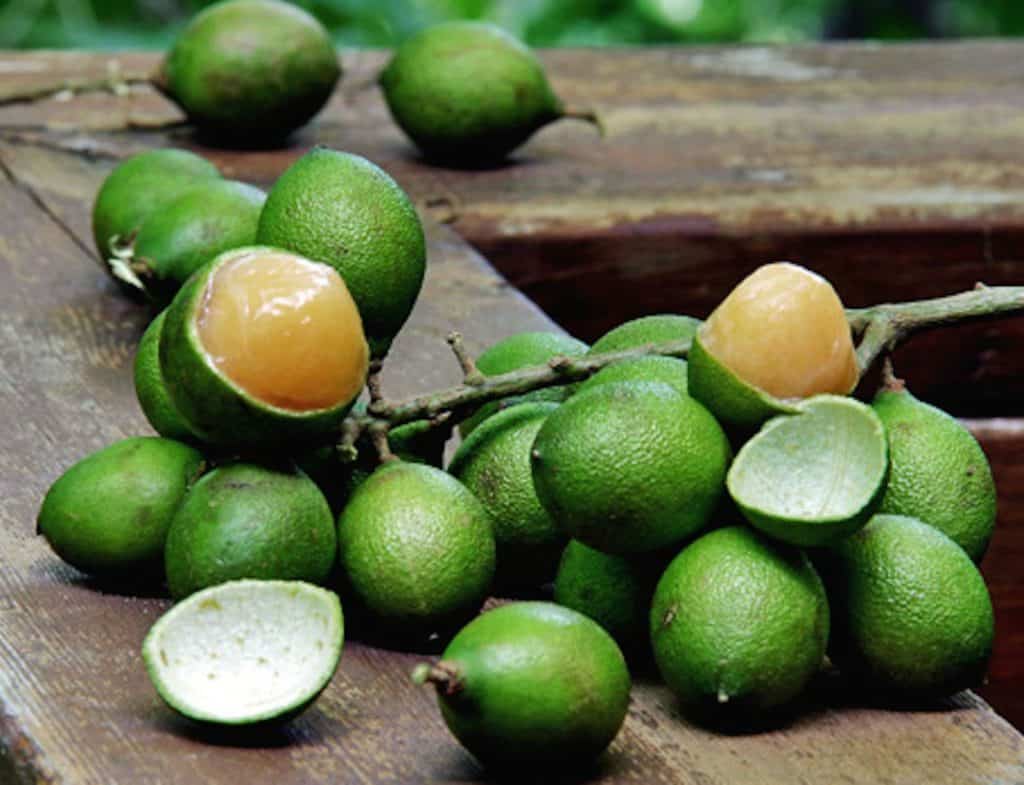
This fruit is not just a delightful tropical delicacy; it’s a nutritious addition to your diet. With a wealth of vitamins, antioxidants, and benefits for your skin, this fruit is a delightful way to nourish your body and enjoy a taste of the tropics.
So, whether you’re snacking on it fresh or incorporating it into your culinary creations, mamon fruit is a delicious and healthful choice for your palate and well-being.
This fruit is the mammon fruit is included in some beverage by peeling and soaking the Mamoncellus fruit in Boiled water with ginger and sugar and can be served with some ice For a refreshing and delicious taste.
Benefits of Mamon Fruit: A Tropical Delight with Health
Mamon fruit, also known as rambutan, is a delectable tropical fruit that not only tantalizes your taste buds but also offers a range of health benefits. If you’re curious about the goodness packed within this spiky, hairy fruit, let’s explore its benefits step by step.
Choose Fresh
Start by selecting fresh, ripe This fruit.
Look for those with vibrant red or yellow skin and soft, pliable spines.
The brighter and more vibrant the fruit’s color, the more likely it is to be ripe and ready to provide you with its nutritional benefits.
Open the Fruit
Begin by placing the mamon fruit on a clean, dry surface. With a knife or your fingers, gently cut or twist the fruit open along its equator.
The outer skin should easily separate into two halves, revealing the juicy flesh within.
Savor the Sweetness
this fruit is celebrated for its juicy, sweet flesh that resembles lychee. As you taste the fruit, you’ll immediately experience its delightful, tropical flavor.
The succulent, translucent flesh is both sweet and slightly tangy, making it a delightful treat on a warm day.
Read more: Collagen-damaging foods, The 11 worst foods
Nutritional Benefits mamon fruit
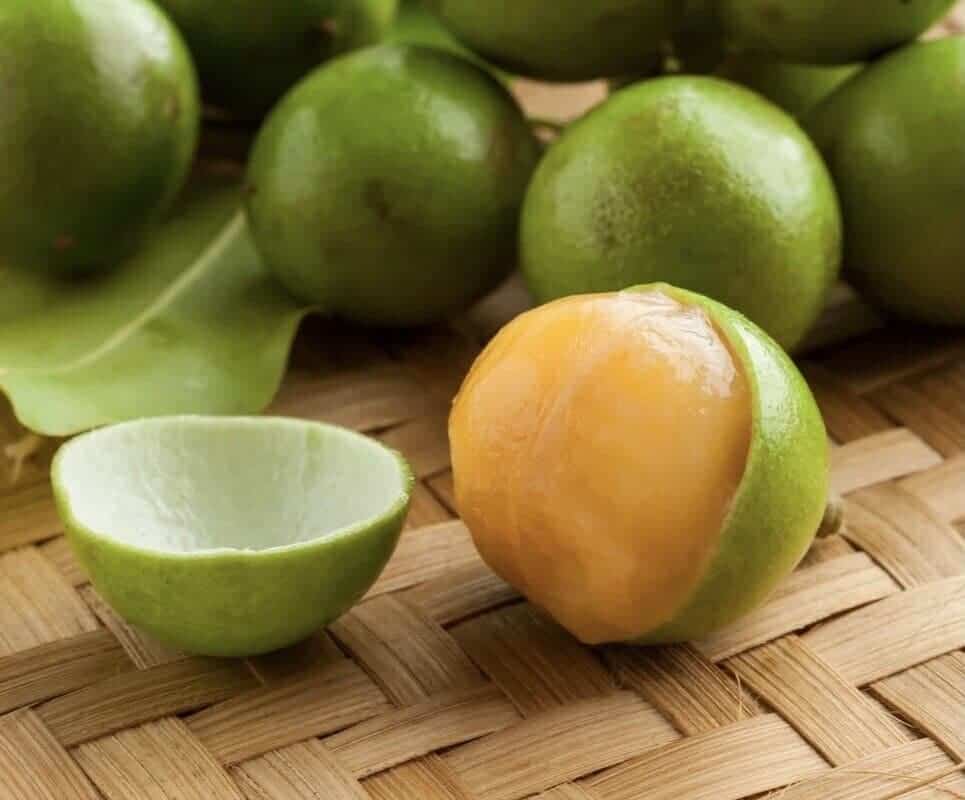
Now, Let’s delve into the health benefits of this fruit:
- Rich in Vitamins: Mamon fruit is packed with essential vitamins, including vitamin C, which supports your immune system, and various B vitamins that aid in energy metabolism.
- Antioxidant Power: The fruit is loaded with antioxidants that help protect your cells from damage caused by free radicals.
- These antioxidants can help maintain your overall health and well-being.
- Fiber Content: This fruit contains dietary fiber that aids in digestion and can contribute to a feeling of fullness, which is beneficial if you’re watching your weight.
- Hydration: Mamon fruit is water-rich, helping to keep you hydrated, particularly in hot and humid climates.
Skin Health Benefits
Beyond the delicious taste and nutritional value, mamon fruit can also offer benefits for your skin.
The antioxidants and vitamins in the fruit can promote healthy skin by fighting signs of aging and improving its overall appearance.
Moderate Consumption
As with any food, it’s important to enjoyThis fruit in moderation. While it’s a healthy choice, consuming excessive amounts can lead to excess sugar intake, so savor this tropical treat as part of a balanced diet.

